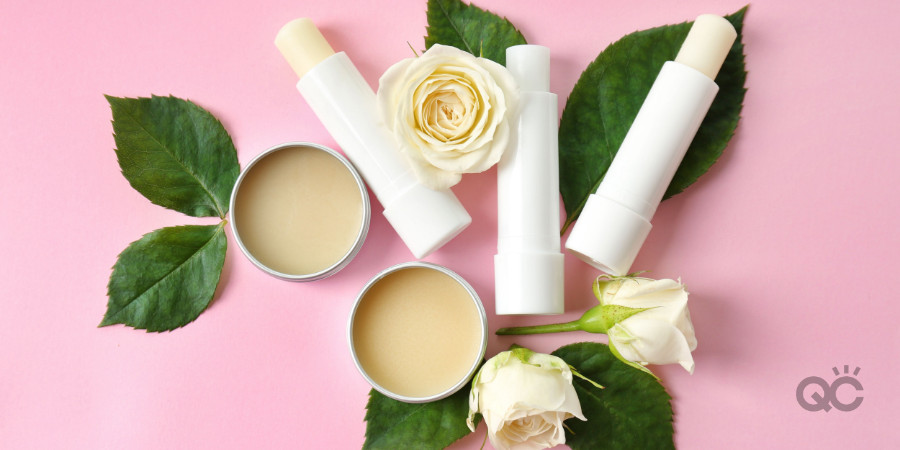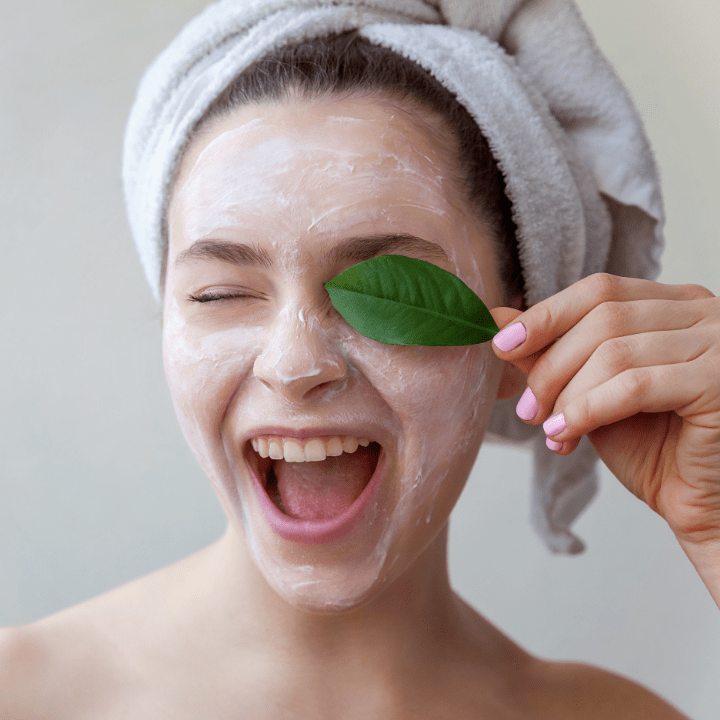
QC Makeup Academy shares 5 of the best organic skincare products, and how makeup artist schools can best equip you to become a skincare expert!

QC Makeup Academy shares 5 of the best organic skincare products, and how makeup artist schools can best equip you to become a skincare expert!
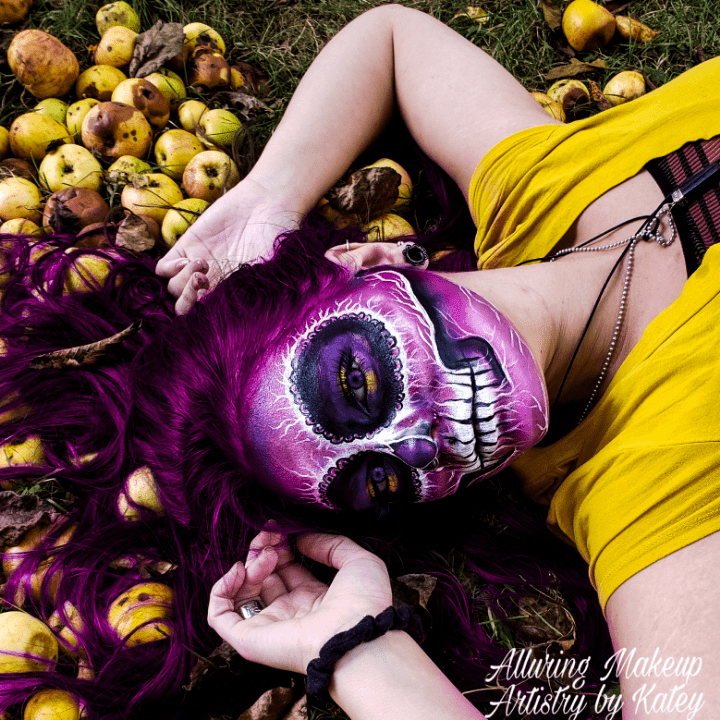
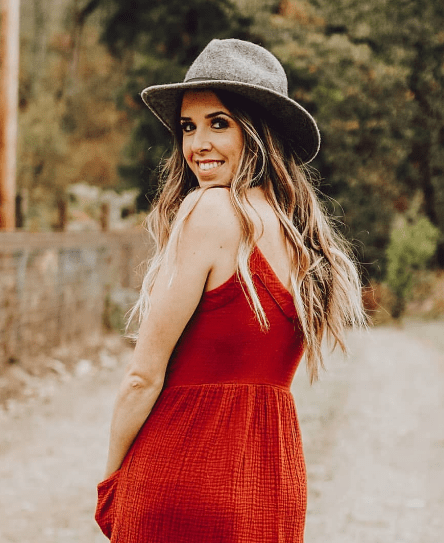
I’m a freelance makeup artist that mainly focuses on collaborating with local photographers and wedding venues. I provide my makeup services for a variety of photoshoot types, such as:
I was born and raised in the beautiful Evergreen State of Washington. I found my passion for makeup as a young child, admiring my Mom getting ready in her bathroom mirror. Outside of makeup, I enjoy spending time with my husband, Cameron, and our two boys, Logan and Jameson.
I’m an avid hiker and enjoy exploring the Cascade Mountains. Also, I love spelunking, riding dirt bikes, quads, gardening, and enjoying good food with good people!
Back when I first met my husband, I found he was/is so ambitious and encouraging. He gave me the confidence boost I needed to believe that I could run my own business and follow my dreams. It’s largely due to his support that I decided to become a full-time MUA!
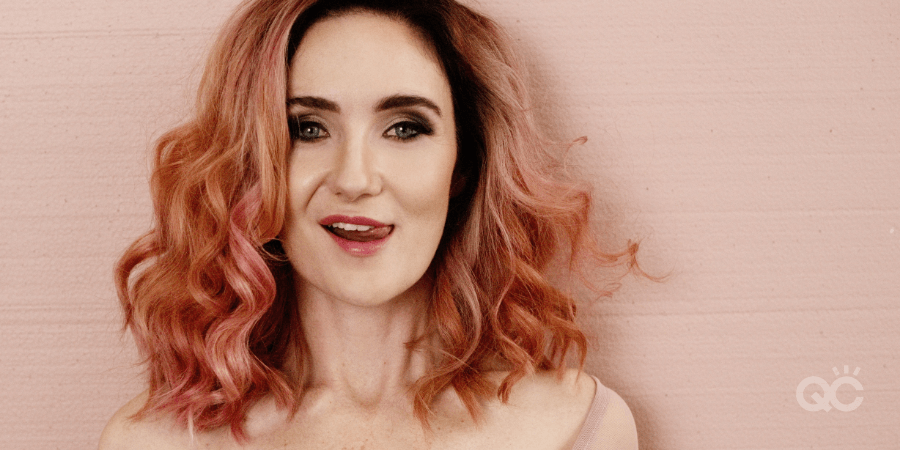
I would describe my makeup style as diverse. I view makeup as an art form. I have a variety of interests; from soft glam and bridal, to SFX makeup (involving liquid latex and prosthetics). My favorite makeup style, though, would have to be an evening glam look. Nothing beats a smoky eye or a bold lip!
I visualized the start of my business as a checklist of tasks and goals. I knew I had to start the journey with a makeup academy that could provide me with the tools I needed to get started, and a flexible schedule. I was still working full-time back then, as well as raising two young boys. A flexible makeup school was a must!
I began gaining experience by doing makeup for weddings on the weekends throughout summer. I’d get referred through friends and family, which is how I started getting my name out there. Then I created a makeup-related Instagram page, Facebook Business page, and website. I worked hard to build clientele through social media, local networking groups, and referrals.

Adaptability is everything in the makeup industry! That includes being able to function well while being on the move, with a strict timeline.
Whether I’m indoors or outdoors, I can show up at any location and adapt. Regardless of the venue, the weather, or any other circumstances, I’ll have my makeup train, my chair and folding table, my lighting and camera, and be prepared for anything!
It’s also really important to understand how to do a bunch of different makeup styles. That way, you can be flexible, and still suit the person and vision for a project. My artistic diversity and willingness to adapt to my surroundings gives me a HUGE advantage over my competition.
I focus on collaborating with local vendors because, as vendors, we’re all working toward a common goal: to have the best customer satisfaction by providing our strongest skill-sets.
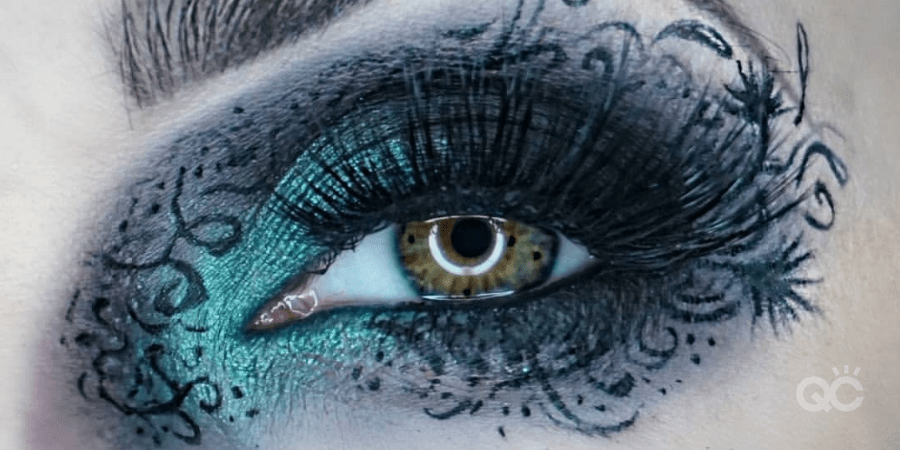
Photographers, wedding planners, venues, event coordinators, salons, bridal boutiques… All these people that we build relationships with will benefit from the experience. Likewise, our customer traffic will grow once we’re all referring clients to one another and supporting each other’s businesses. This is especially helpful in my case, because I live in such a rural area.
EVERY special moment I share with my clients, when they see themselves in a different way, is my proudest moment. Sometimes, I feel I can maybe help them see themselves in a way they’ve never seen themselves before. That’s incredibly rewarding.
Yes, it was a purple, sugar skull makeup look. I did for fun on a friend, and it’s definitely my favorite look so far! It was really cool, because I had all the time in the world to be creative and really take my time with it. It turned out exactly how I had imagined it would. I was very happy with my work.
Two hours later, we had some pretty awesome results. We then went outside to my backyard, took pictures with my camera, and had an impromptu photoshoot!

The reason I chose QC Makeup Academy, over all the other schools out there, was because I felt they were truly one-on-one. But yet, it was still in a format that allowed me to continue working full-time and managing my life at home with my two young boys.
The entire QC staff were all great, too! From the instructors, to the Student Support Specialist team, everyone was very professional, kind, and helpful. I feel that QC Makeup Academy definitely prepared me to work in this field. They gave me the knowledge and the sense of professionalism that allows me to continue to grow, even to this day!
In 2020, my goals for Alluring Makeup Artistry are to:
Long-term, I hope to be the go-to MUA for events around my area. Who knows, maybe I can even become an international business someday!
Mascara! I feel eyelashes are the finishing touch to every look! 😉
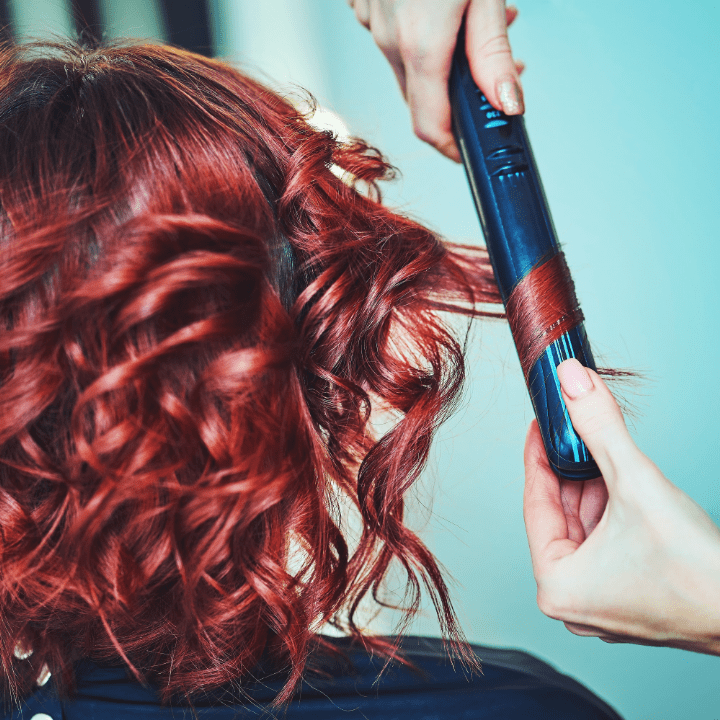
As a makeup artist, you may have dabbled with the idea of adding hair-related services to your business (or at least, to your resume). There’s definitely incentive to do this, as it could very likely improve your overall success! But in doing your research, we’re willing to bet you’ve come across the following 2 job terms: hair styling, and hair dressing.
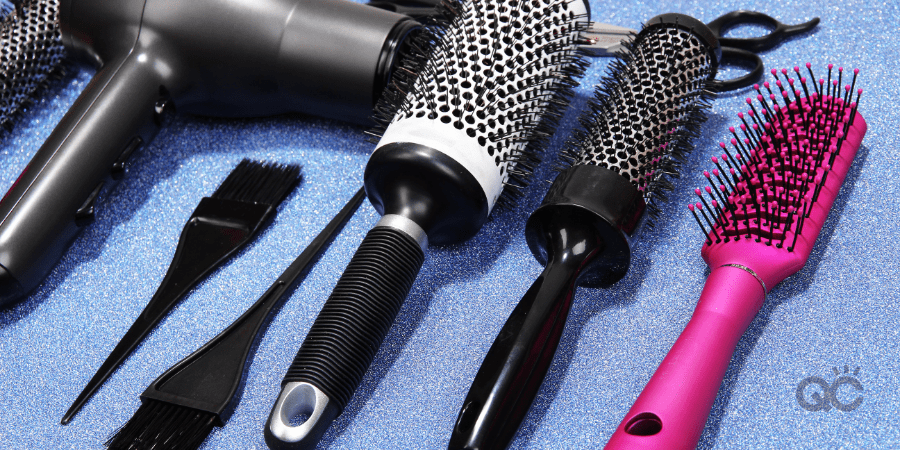
The answer is in the name itself: it means to style hair! As a hair stylist, you would help shape the client’s hair into an attractive style of her choosing (or as expertly recommended by you). You’d create things in her hair such as waves, curls, volume, and/or braids. You’d have the skills and training to be able to give your clients all sorts of up-dos, down-dos, and everything in-between. Of course, you’d know how to do all this with the aid of:
As a hair stylist, you would use your knowledge and understanding of face shapes and structures to recommend flattering styles, up-dos, extensions, etc. to your client. When a client has their heart set on a particular style, it’s your job to deliver it (if possible), to the best of your ability.
To be a working hair stylist, you don’t necessarily need any formal certification. This is due to the fact that nothing you’d be doing to a client’s hair would permanently change it. You wouldn’t be using any harsh chemicals, or altering color or length. Everything you’d do would always be temporary!
That being said, while many hair stylists don’t always need certification, having it will definitely make you stand out from the competition and look better to clients. Plus, if you really want to know what you’re doing, there’s no better way than by taking a hair styling class, being educated, and getting properly trained!
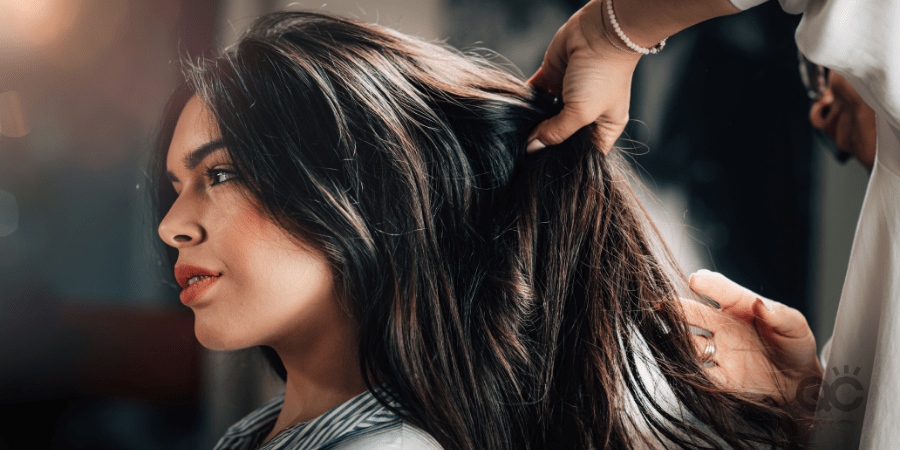
Hair dressing involves everything that a hair stylist does, but more. The defining thing that separate a hair dresser from a stylist is that a hair dresser is qualified to make permanent changes to a client’s hair. This means that they’re allowed to do any of the following to their clients’ hair:
To be VERY clear: a hair dresser is qualified to do these things. A hair stylist is NOT!
Much like a hair stylist, a hair dresser needs to rely on her knowledge of the client’s overall appearance, facial structure, etc. to be able to make the final call on what will suit them best. You can provide suggestions, give caution against bad ideas, and then apply your skills to execute the chosen look as flawlessly as possible.
To work as a professional hair dresser, most places will require you to obtain a cosmetology license in your city, state, or country. In addition to this, there may be a requirement that you’ve completed a certain number of hours of education, training, and practice.
In these locations, to work as a hair dresser without these things would quite literally be illegal. The consequences could be anywhere from a fine, to criminal charges (if, for example, a client were to be injured in some way).
If you’re interested in become a hair dresser, make sure you research the legislation in your area. If required, ensure you get yourself certified accordingly!
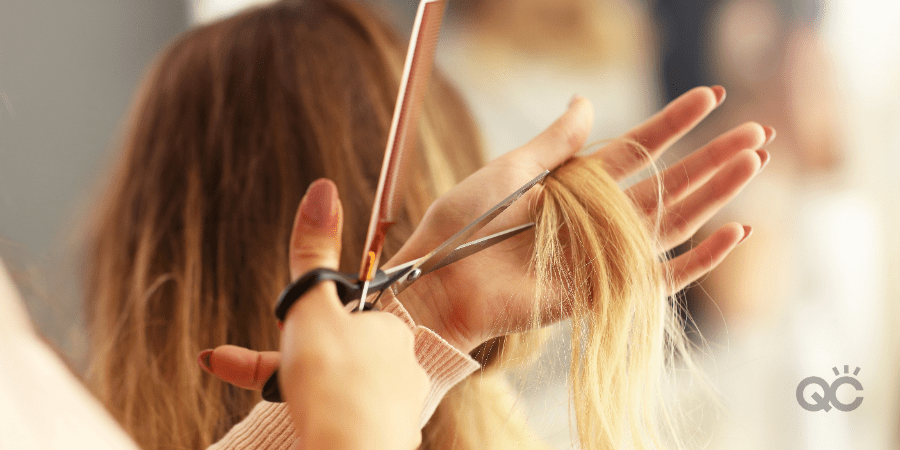
Of course, we’ve already touched on some of the major things hair styling and hair dressing have in common. We’ve also laid out some pretty huge differences they also have. But here are a couple more to keep in mind…
Because more education, training, and a more extensive skillset is required to be a hair dresser, your income will likely be greater than it would be as a hair stylist. That being said, it also depends on what sort of setting you’re working in.
If you’re employed within a salon as an MUA, you may be able to increase your overall salary due to your additional hair styling qualifications. That being said, those skills may not be required if it already employs hair dressers.
Alternately, if you’re a freelancer, you get to choose how much you charge for your services. If you’re a popular makeup artist with a devoted client base, you may be able to increase your rates with the addition of hair styling services, and make the equivalent of a hair dresser.
Both professions definitely have this in common! Whether you’re a hair stylist or a hair dresser, you absolutely HAVE to be good with people. A lot of clients like to make conversation, so introverts will struggle with this type of job.
Plus, your clients would be trusting you with their appearance – that’s a big thing for them to put in your hands. If you don’t at least try to create a positive connection with them, you’ll probably never see them again.
But hey, if you’re already a makeup artist, you know ALL about this already!
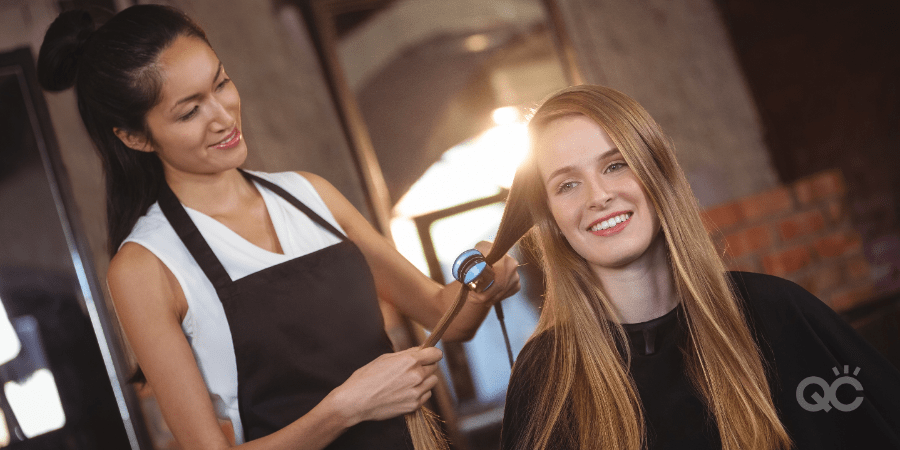
Hair styling services pair extremely well with makeup services because often times, the client is requiring these services for a specific, important event. She is not as likely to want the full services of a hair dresser (such as needing it cut, colored, etc.) on the day of. Rather, she likely will only need/want it to be styled.
Because of this, the likelihood that she will also like to get her hair styled in addition to getting her makeup done (or vice versa) for this big event is high. Thus, these 2 beauty services have a tendency to go hand-in-hand nicely.
That being said, you can by all means still offer full hair dressing services as part of your makeup business. Though not all of your makeup clients will be as likely to need both services on the same day, that’s not to say it’ll never happen.
One positive is that hair dressing services opens up your clientele to more than just a makeup-related audience. You’ll also become open to clients who may only want hair-related services.
Keep in mind, though, that hair dressing is seen as its own job in-and-of itself. There’s also more equipment involved, so the start-up and maintenance costs will be higher than if you were just hair styling alone.
There’s also the potential issue of time management. It might be hard to balance being a makeup artist and a hair dresser. If you want to first and foremost be an MUA, your hair dressing services may need to take a step (or two, or three) back, in terms of your business priorities.
So while technically, there’s absolutely nothing stopping you from adding both types of services to your makeup business, hair styling services tend to mesh a little better. It’ll cost you less to maintain within your business, and won’t be as big of a timely commitment for you to try and juggle.
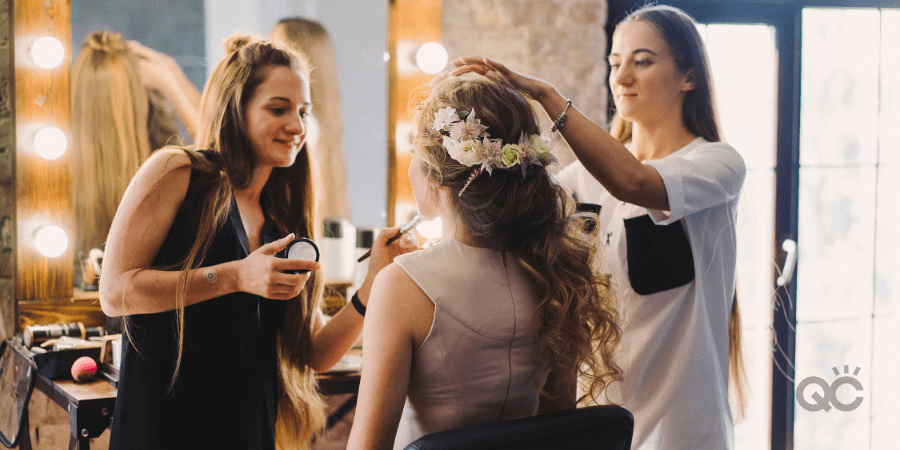
It’s ultimately your choice when it comes to picking the career path that’s best suited for you and your goals. Go with your gut, and don’t let anything stop you! As long as you properly prepare yourself, do all the needed research, and then put your all into it, your career ahead will be a long and successful one!
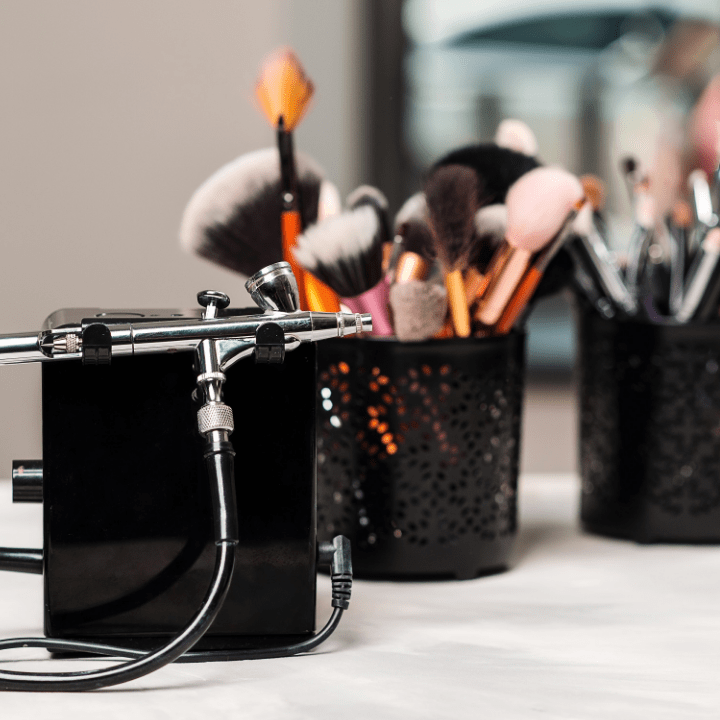
In the cosmetic world, there’s a long-standing debate over which is better for your makeup artist kit: airbrush makeup or traditional makeup? The truth is, if you’re looking for a definitive answer, you’re probably not going to find it. This is because one is not better than the other 100% of the time! Instead, you’ll find that for some clients, airbrush makeup is the better option. But for others, regular makeup is the way to go.
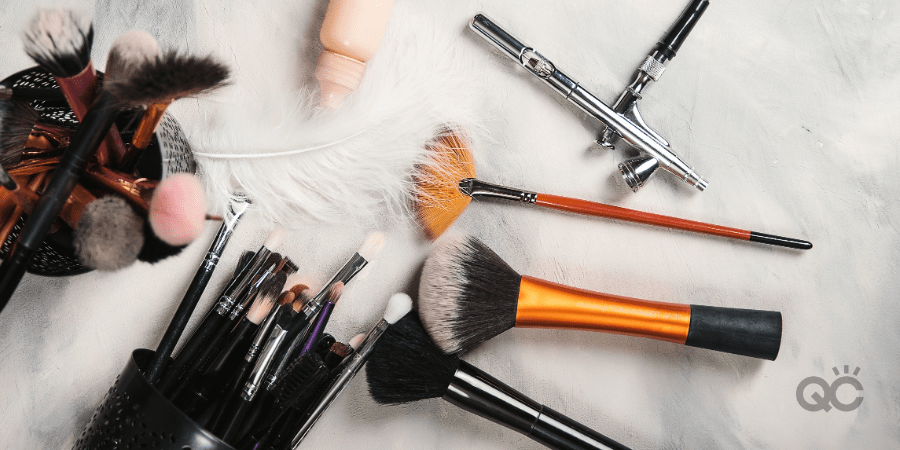
True to its name, airbrush makeup is a type of makeup specifically created for an airbrush gun and air compressor. The makeup itself is most often water-based, alcohol-based, or silicone-based. Airbrush makeup is typically applied in multiple, sheen layers.
These layers build up a flawless finish on the skin that photographs effortlessly, blends beautifully, and is most often times waterproof. Furthermore, airbrush makeup can also be used for other areas of the face, such as eye makeup, blush, contour, and highlighting, etc.
More frequently used and convenient for everyday wear, traditional makeup is considered any of the following products that are applied to the skin using makeup brushes, sponges, etc.:
Some situations may deem airbrush makeup the leading contender, while in others, traditional makeup is the winner. In some cases, both are equally good. For example, some may argue that airbrush makeup lasts longer than regular makeup since most airbrush makeup is waterproof.
However, plenty of traditional makeup is also waterproof. But even for products that aren’t, so long as the makeup has been properly primed, applied, and finished with a strong setting powder and/or spray, it should hold throughout the day just as well as airbrush makeup would.
Similarly, while airbrush makeup is known for its incredible illusion of flawless skin, that doesn’t mean traditional makeup can’t do the same. If the products are properly prepped, applied, and finished by an expert who knows what they’re doing, both makeup types can create exceptional results on the client and photograph really well.
But we’re here to see the differences between airbrush and regular makeup, not just their similarities. So, here are some circumstances that show when one may be better than the other…
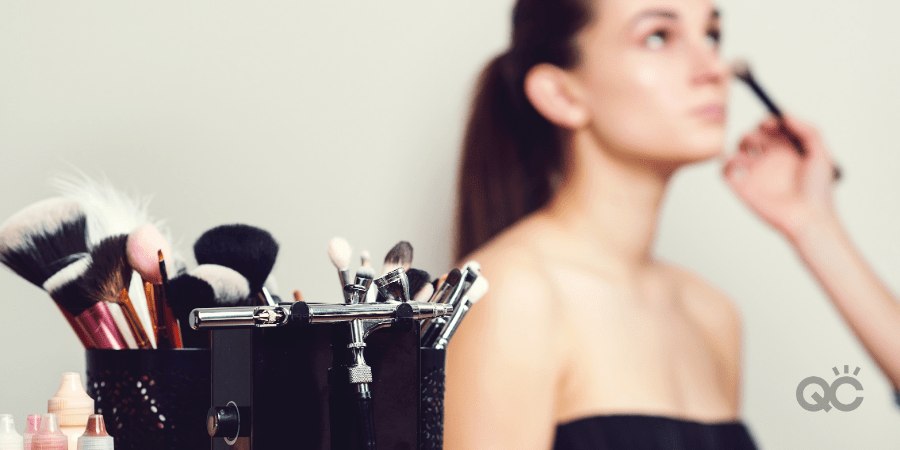
While both types of makeup can do this, regular makeup is superior. Yes, airbrush makeup – especially when layered – can help reduce the appearance of blemishes, but that’s not what it was designed for. Airbrush makeup is lighter, whereas traditional makeup is created for fuller coverage.
On top of this, airbrush makeup often times can be limited in terms of its color choices. Some clients may have skin tones, acne, or blemishes that airbrush makeup just doesn’t have the right pigments for. But regular makeup offers a much large range of colors to work with and choose from.
Regular makeup also has color correctors, specifically made to help mask imperfections. If your client has something she needs to be covered up, you will be able to find a regular product in your makeup artist kit to do the job.
The winner: Regular makeup.
Especially for those who’s clients are going to be outside in the hot sun, or taking part in an emotional event (such as a wedding), makeup artists need to arm themselves with the right products that can best combat moisture. If your client sweats or cries, she doesn’t want to have to worry about her makeup cracking, creasing, or running down her face.
Technically, with the right setting products, both airbrush and regular makeup can handle this task. That being said, airbrush makeup is inherently better at this – especially if the airbrush makeup is silicone-based. Most airbrush makeup is already waterproof, but when it’s silicone-based, it adds that extra layer of protection that regular makeup doesn’t have.
The winner: Airbrush makeup.
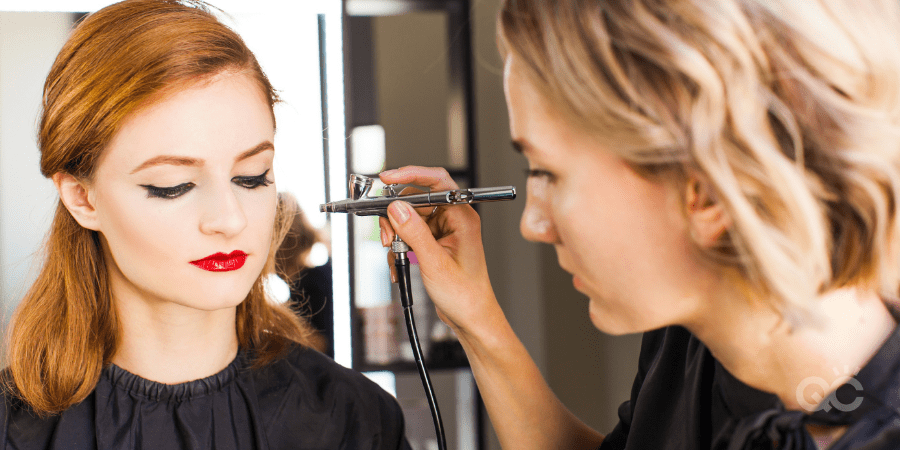
But as we discussed, most airbrush makeup is waterproof, giving it a much thinner consistency. It doesn’t create that appealing, flawless finish on dry and oily skin. Rather, it can often appear flaky once applied, especially on drier skin. For these skin types, your clients would benefit more from traditional makeup.
If, however, your client has dry or oily skin, airbrush makeup might be unflattering. Regular makeup has a thicker, creamier texture. It can help add moisture or properly mask oiliness, depending on what the skin requires.
Neither makeup is a one-fits-all when it comes to the various different skin types. Airbrush makeup is best for those with well-hydrated skin. As a rule of thumb, if your client has normal to combination skin, airbrush makeup is going to look jaw-droppingly stunning on her (so long as the makeup is applied by an MUA who’s trained in using an airbrush machine, of course). Between airbrush makeup and regular makeup, a client with either of these skin types would likely best benefit from airbrush makeup.
The winner: Draw. It depends on the client’s skin type.
But you also need to keep in mind that if you have clients on a budget, they may not want to shell out more money for airbrush services.
In general, airbrush makeup can actually prove to be a bit pricier. You have to factor in the cost of a good quality machine, and then the makeup products themselves (which aren’t exactly cheap). Sure, you can make up for that by charging clients more for your airbrush services than you would your regular makeup services.
But don’t forget: with regular makeup, there are plenty of products you can swap for their drugstore counterparts. You have the option to save money, without sacrificing quality. That leftover cash can then be put towards buying even more products!
Because there appear to be more products you’d need to purchase for traditional makeup, you may think that it would be more expensive than airbrush makeup.
As a professional MUA, building up and then maintaining your makeup artist kit will be an investment. Whether it’s regular makeup or airbrush equipment/makeup, it’s going to cost money, and it won’t always be cheap. This is a reality every makeup artist faces, and while we know it may suck sometimes, it’s also worth it.
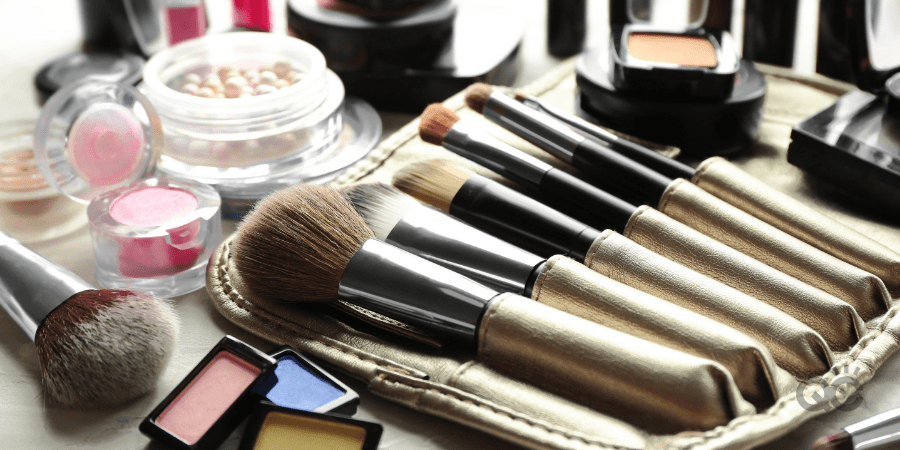
Here are the facts: so long as you have formal makeup training and certification under your belt, regardless of whether it’s in airbrush makeup or regular makeup, your resume will impress clients. Any education and professional training are going to help you stand out from the competition.
That being said, an MUA with experience in both regular makeup and airbrush makeup might look more proficient overall than an MUA without the additional airbrush training. It not only tells this client that you’re an even more well-rounded makeup artist, capable of different methods and applications. It also demonstrates that you have the passion, dedication, and drive to acquire even more schooling and certifications to your name.
The winner: Airbrush makeup – though schooling and certification in BOTH are strongly recommended.
At the end of the day, there are pros and cons to airbrush makeup AND traditional makeup. It really depends on your level of training, your comfort level with the products, your client’s skin type, what she wants, etc. There are tons of factors to be considered, and as you can see, no singular situation in which airbrush makeup or regular makeup is 100% the best option.
That being said, which do YOU prefer more? Let us know in the comments!
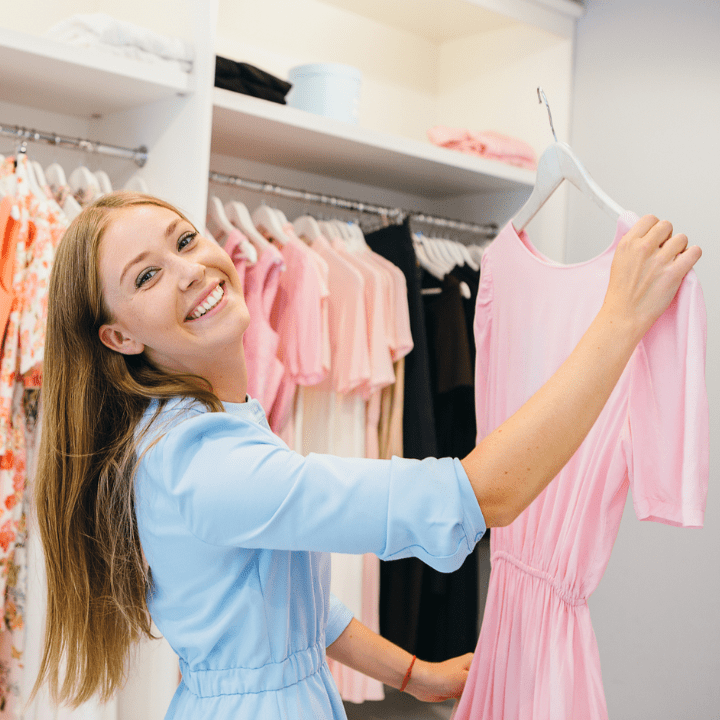
With each passing year, there are more and more aspiring MUAs in the industry. Perhaps you’re brand new to this world and just starting your makeup artist training. Or maybe you’ve been a professional in the field for quite some time. Either way, competition is fierce, so standing out to potential clients is key. It never hurts to have that extra edge over all the other makeup artists in your area!

In terms of a business strategy, being able to appeal to an even larger audience in the beauty community is absolutely going to benefit you. The more services you can offer, the more clients you can attract. No matter how you look at it, more clients equal more business – and more business means more revenue.
On top of this, cornering the various areas of the beauty market and offering them all from one business is going to make you look good. Let’s say that a client needed her makeup done, was looking for consulting advice about what to wear to a big event, and maybe even needed her hair styled. She’s more likely to book with a talented professional who can give that ALL to her than to book with multiple different vendors. It’s simply more convenient for her to deal with one business!
As we mentioned above, it’s a logical conclusion that by offering additional services to your makeup business, you’re going to make more money. These different services can then be charged individually, or in bundles.
Providing different kinds of payment options to customers is another way to further entice them to work with you, since you’re flexible to many different budgets.
Furthermore, if you were to add Fashion Styling services, you could do more than simply add those additional service charges in and of themselves… You could update and increase ALL of your prices, makeup services included!
Why? Because you have even more schooling and training under your belt! You’ve invested into your education in order to get that extra certification, so your work does deserve to be valued accordingly.
If you’re worried about scaring off potential clients by charging a bit more than your competition, don’t worry! You can always raise your rates slowly, in smaller increments. This way, it’s fair to both you AND your clients.
Trust us: the right customers will see and understand the worth of what you’re providing them. Not only will they be willing to pay the few extra bucks, but they’ll also likely be loyal repeat clients!
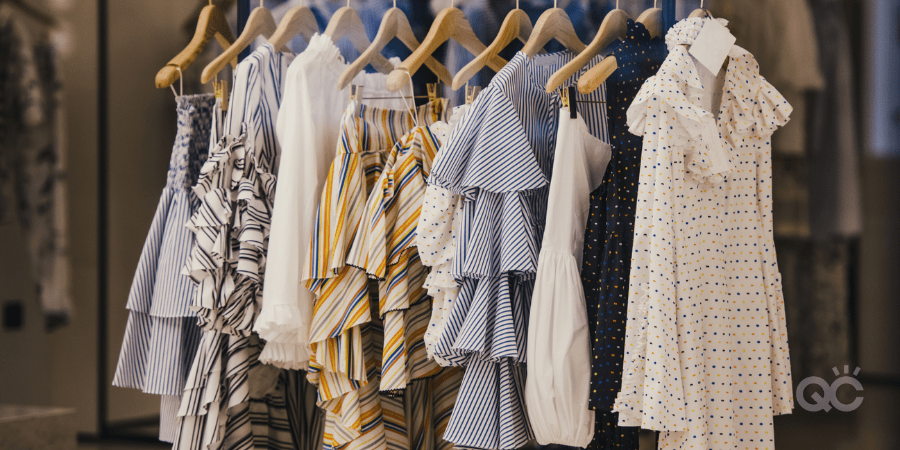
This is another thing that’s common sense: the more education you have and the more skills you’ve acquired (especially ones related to the industry you’re in), the more impressive you and your resume are going to be to those thinking of hiring you.
Even if they’re not necessarily interested in utilizing all of your skills for the given role, just the fact that you’ve acquired them all in the first place is going to signify you’re drive and ambition.
It also opens more doors to different areas of the beauty world that you can work in. For instance, let’s say that you have no interest in being a freelancer. But at that given time, the market isn’t really in need of makeup artists in your area.
You may be out of luck until the need for MUAs changes in your city! But with more certifications and training in your arsenal, you could apply to other types of jobs within the industry.
The more skills you have, and the more types of labor you’re qualified to do, the more opportunities that’ll come your way. Your chances of getting hired will only go up!
We’re willing to bet that you’re a professional makeup artist for 2 main reasons:
It takes a truly awesome person to devote their lives to a career based on helping another feel the absolute best way about themselves. Doing so improves her confidence and may even help give her a new, positive perspective about herself. You have a big heart, and the world is better for it.
So it makes sense that if you acquired other beauty-related skills that you could provide, in addition to makeup, you’d only be strengthening your ability to help another human being feel and look their best.
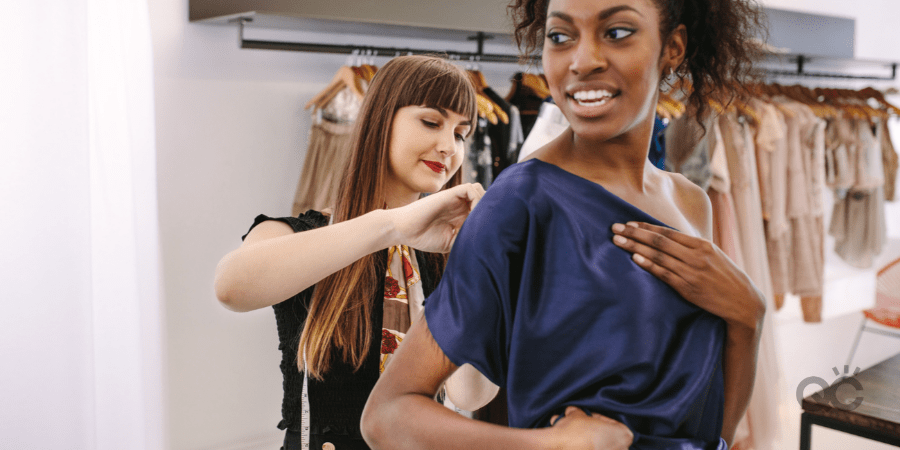
From a business standpoint, we’ve already discussed why and how adding fashion styling services is a smart career choice. But in this industry, it goes a lot deeper than that: it’s just as much about how it would help YOU improve. Not just as a beauty expert, but in knowing that you’re even more equipped and capable of positively influencing your client’s life.
Professional MUAs are some of the most eager and pioneering people I’ve personally ever encountered. You genuinely enjoy what you’re doing, you love to discover all sorts of new products and techniques, and there’s NEVER too much information you’re not ready and willing to learn.
So in terms of broadening your own horizons and slating that need to learn more, and more, and more, why not branch out and discover the other areas of your industry? There’s quite literally no downside to doing so!
All this being said, we want to make one thing clear: in no way are we trying to say that you’re any less of a great makeup artist if you choose to focus solely on makeup. You could very well have no interest in offering additional services like fashion styling, or hair styling, or what-have-you. This doesn’t mean you’re not still an exceptional makeup artist, or that you don’t deserve many clients or as much success… And we wholeheartedly agree!
All we’re trying to say is that if you ARE looking for ways to grow your makeup business, shine just a tiny bit brighter than a lot of your competition, and add to your overall repertoire of skills, then adding fashion styling services is something worth considering. It has many incredible benefits, both professionally AND personally. So go for it!
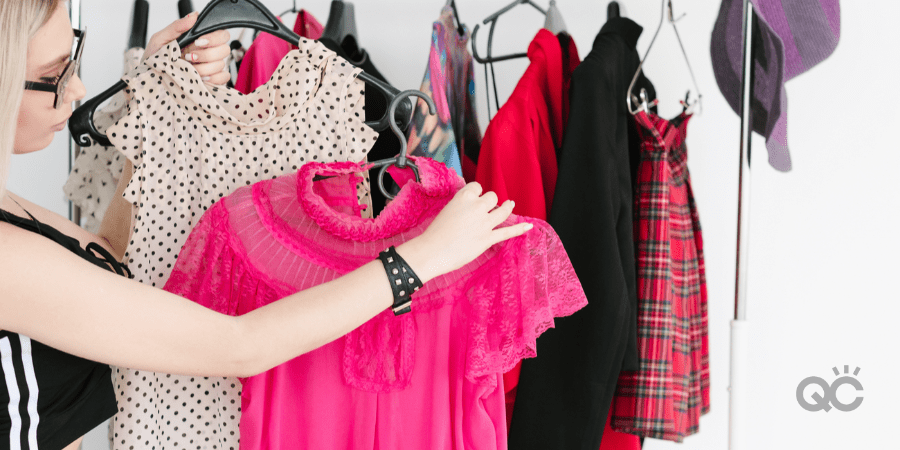
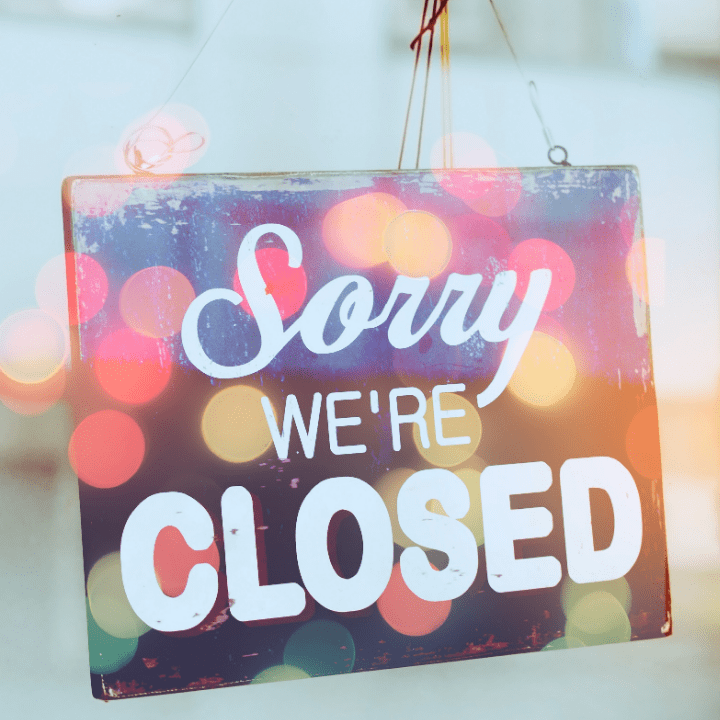
Being a makeup artist is a labor of love. You don’t get into this industry without first and foremost have a passion for the craft. You’re likely also a very motivated and hard-working person since you know full well that being an MUA is not an easy profession.
So why would you put all this time, effort, training, and money into your own makeup business… Only to blow it by committing the most basic faux pas out there? You DON’T want that to happen, and we know that. You’re serious about what you do, and you love your job.
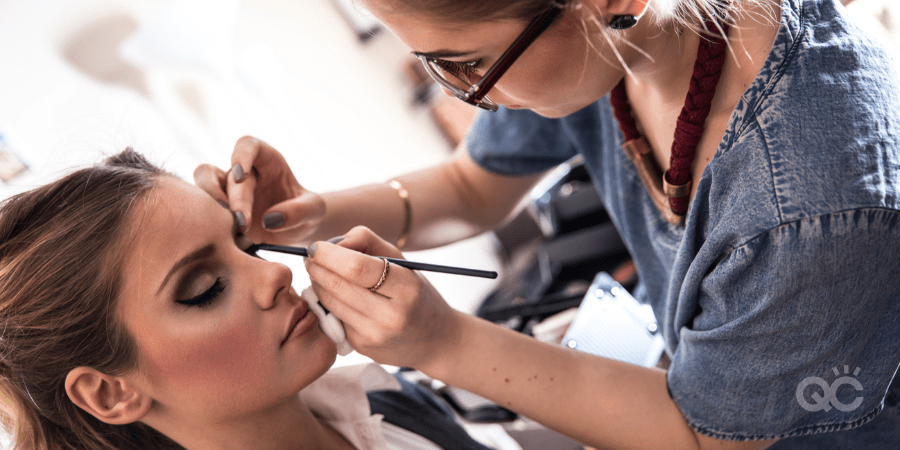
Running your own business isn’t for the lazy or disorderly. The entire fate of your career is in your hands – meaning, you’re going to be in charge of a lot of things. You’d better be prepared to stay on top of everything, or else you’ll quickly become overwhelmed and start making mistakes. Really, making sure you stay organized is going to help YOU more than anyone else.
Add to this the fact that being a professional makeup artist quite literally means that your livelihood is based on appointments: making or taking them, properly scheduling them, keeping track of them, and seeing them through. Your appointments are your top priority as a makeup artist. Being late is a big no-no. Missing appointments altogether is even worse!
Neglecting the importance of being organized in this industry could also lead to other annoying mishaps, such as double-booking clients. It’s one thing if it’s a genuine mistake that only happens once in a blue moon. But if you’re doing any of the above on a regular basis, your reputation is going to tank pretty quickly. You may be better off re-evaluating yourself, as being a professional MUA just may not mesh with your personality and lifestyle.
This shouldn’t require a whole lot of explanation. You’re a professional makeup artist! How can you ever expect to be successful amongst all the competition if you don’t even care or invest in your makeup kit? That would quite literally be like if you were a cowboy in the Old West, got challenged to a pistol duel at dawn, and then showed up with a limp spaghetti noodle as your weapon.
Look, we’re not saying that you need to go broke in order to fill up your professional makeup kit. You don’t even need the fanciest, most expensive products! But you do need to be realistic about the fact that if this is truly what you want your career to be, you’re going to need to invest SOME money into your products. They may not need to be the most costly, but they do need to be of good quality.
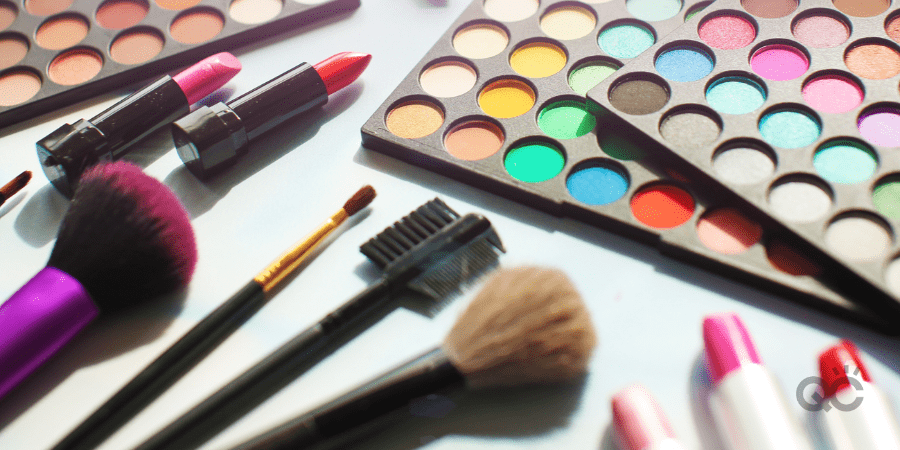
Fun fact: back in 2013, my University graduation was nearly ruined for me, thanks to the job a salon makeup artist did on my face. I’m not exactly sure what happened, because I’d done my research, and the salon in question had had great reviews across the board.
The gist of the problem was that I’m fairly sure she’d never heard of color matching in her entire life, much less studied it. The end result was that the skin on my face was a dark, orangey hue – while the rest of me was pretty pale (my natural shade).
Also, there was absolutely ZERO blending into my neck. There’s a good chance that from a distance, I probably looked like a pumpkin wearing a graduation gown. It was pretty bad – and I wish I was exaggerating when I say that way too many people definitely noticed.
My point is your clients’ skin type, color, texture, etc. matter! Understanding her skin and choosing the products best suited for it can, and often does, mean the difference between flawless results or a botched experience. Your client is coming to you because they’re trusting you to make her feel beautiful. No one is going to feel beautiful if they’re very clearly wearing the wrong product that doesn’t flatter her at all.
This means being able to observe your client’s skin, ask the right questions, and confidently conclude:
If you have any training in skincare consulting, you can also potentially rely on that to recommend products that would best suit your client’s skin during her skincare routine!
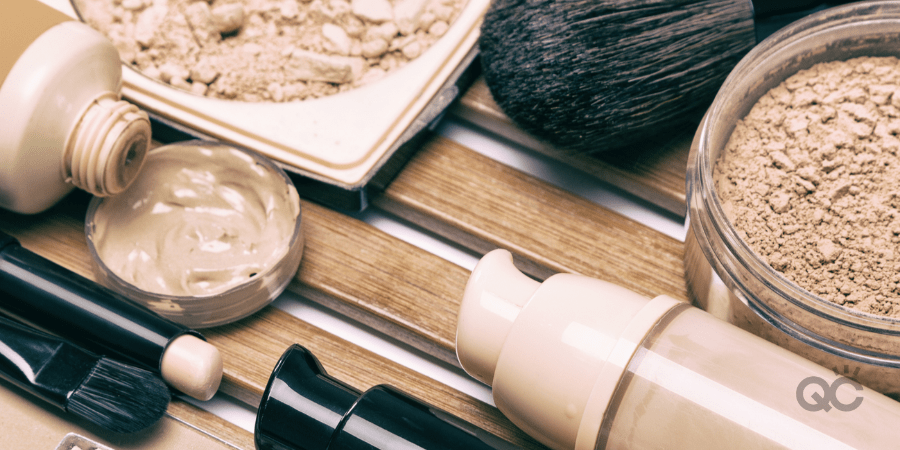
There are 2 main ways you can do this:
Typically, this would be in the form of charging way too much for your service(s). Sometimes, it’s simply due to not understanding the going rate in your area for the work you’re doing. Other times, it’s a new makeup artist charging too much based on her level of experience.
If you’re first starting out as a professional makeup artist, you definitely shouldn’t give away your work for free. But remember to be realistic at first: you’re new, you don’t have any traction in the community yet, and you still need to prove yourself.
Your talent may be worth a higher figure and trust us, you’ll get there. But in the beginning, you may need to take a small pay cut in order to build up your credibility.
The other end of the spectrum is that you wind up charging too little for the services you provide, and you’re actually ripping yourself off. Newbie makeup artists are also just as susceptible to this pitfall: they haven’t gained enough confidence in themselves and their abilities to charge what they feel is fair, so they low-ball in order to try to get clients.
Sure, this may be fine for the first few jobs – but you need to know your worth, too! Compare the rates of other MUAs in your area, and then don’t be afraid to mark your prices in a similar ballpark. Don’t sell yourself short!
If a client has the option to choose between a makeup artist with professional training under their belt, versus someone who doesn’t, that client is always going to choose the MUA with more experience and education.
ALWAYS.
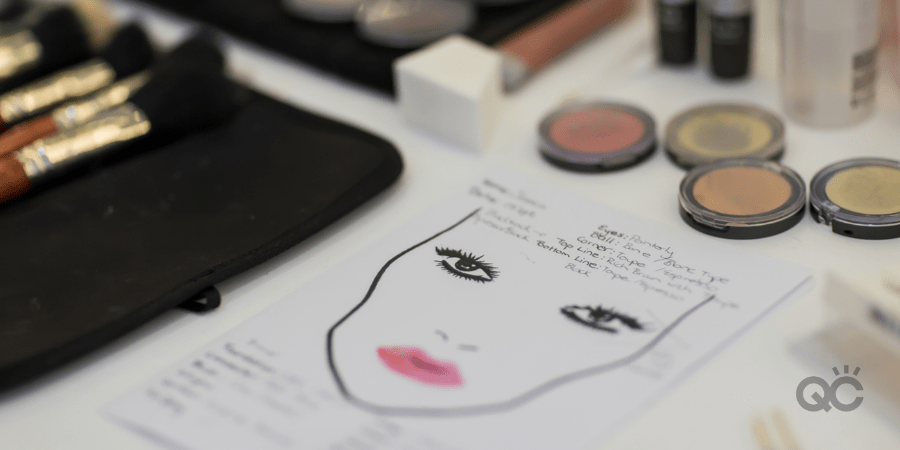
Not only that, but you’ll be provided with quality products, become an expert in makeup theory and application, and have a major edge up on your competition.
You’re not doing yourself, or your makeup business, any favors by believing you know it all and don’t have any room for improvement. Proper makeup artist training, courses, and schooling is led by actual specialists in the field. It’s a type of learning experience that will take your knowledge, understanding, and skills to a whole other level!
Continued training, practice, and education are some of the single greatest things you can ever do for both your makeup career and business. Can you think of other critical things needed for a successful makeup artist business? Let us know in the comments below!
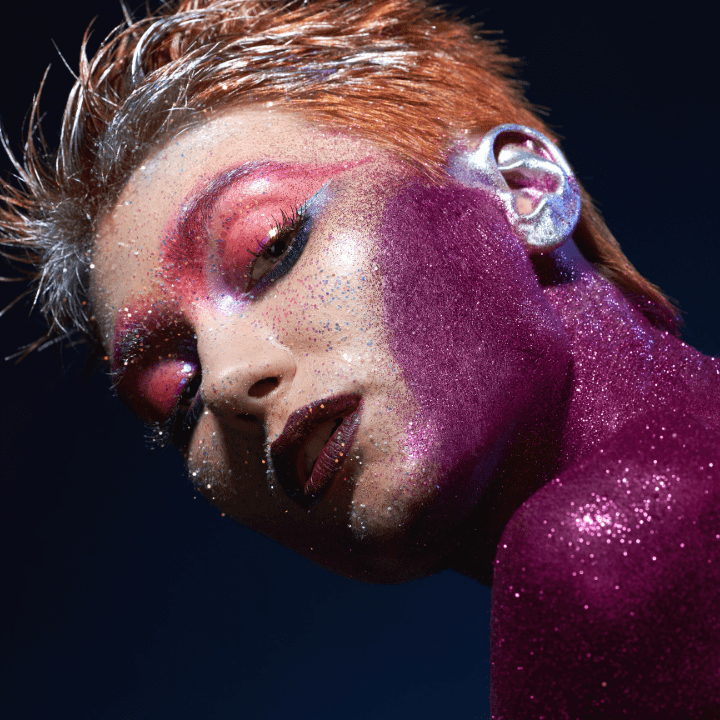
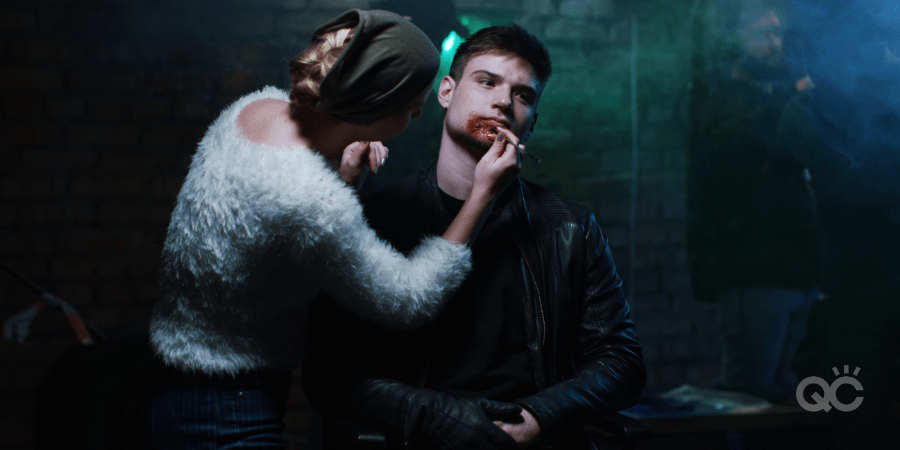
One of the most important things I learned when beginning my journey into the world of SFX makeup is how vital the right makeup education is!
I fully understand that the era we live in is one driven by social media and YouTube. However, when working with Special FX makeup, you have to know how to properly apply, mix, create, and work with these specialized products. To be able to do this correctly is a game changer for your business – and such techniques can only be taught in proper online makeup classes.
Unlike regular, everyday makeup tools and products, SFX makeup products can contain chemicals that are potentially harmful to the skin. This is why proper training is required, in order to know how to safely use and apply such products.
For example: when working with various types of paints, you would need to know which items are safe to put around your client’s eyes and/or mouth, and which ones are NOT. To not know your stuff can quite literally mean that you’re putting your client’s health and safety at risk, which we know if something you’d never want!
Similarly, it’s also critical to know what specific ingredients are in the SFX makeup products you’re using. This way, you can avoid your clients experiencing negative reactions, such as skin allergies.
If you want to become serious about growing your skills in Special FX makeup, one of the most beneficial things you can do for both yourself and your craft is to enroll in a makeup school that provides specialty classes. QC Makeup Academy is a great example, as they specifically offer a Special FX online makeup class! Not only does this course teach you the proper care and handling of SFX products, it also shows you first-hand how to apply these products and use the tools professionally!
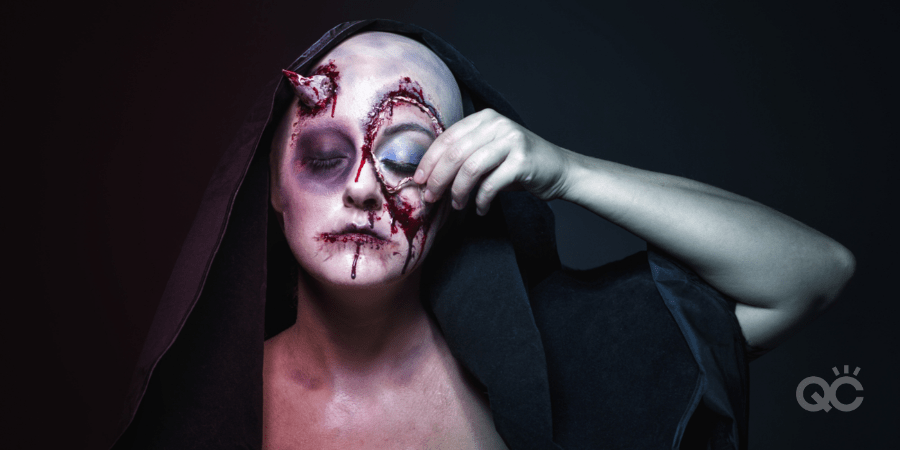
Aside from taking online makeup classes and obtaining a professional certification, tutorials can be a simple way for you to start learning about the Special FX world.
There’s so much information available to you online, and countless artists that you can learn from. When I first got into SFX makeup, two of my personal favorite YouTube accounts to watch were (and still are, to this day):
What I love most about these two makeup vloggers is that they’re both professionally trained! They teach viewers how to properly use, apply, and safely remove Special FX makeup products. Through watching their videos, you can also learn how to create certain SFX products from scratch! There are even tutorials teaching you how to use simple, everyday products in order to create gory and whimsical SFX looks. Pretty cool!
Keep in mind that watching online tutorials can’t replace the education you’d receive from real online makeup classes. But that being said, it’s definitely a start!
No amount of education and tutorials are going to help you improve your skills in SFX makeup if you aren’t actually practicing and obtaining real-world experience. The whole point of the education you gain from online makeup classes, or through watching YouTube tutorials, is to help you hone your skills through practice.
Pro tip: Doing makeup on just yourself won’t cut it, either. You need to also practice on as many models as you can, too! This is the only way you can get used to different skin textures, shades, types, etc.
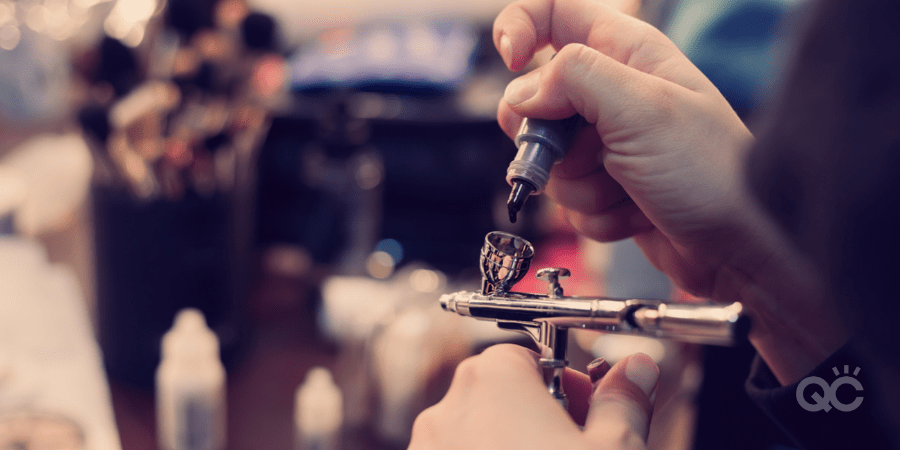
My professional advice is to practice on models of all types. Here are some ways you can practice your Special FX makeup on as many different faces as possible:
Pushing yourself to practice on as wide of a clientele as possible will help you see just how versatile the makeup products are. Likewise, this real-world experience will help you learn how to use the products and tools – not just properly, but professionally as well!
A question that I get frequently asked is, “What are the best products to buy to create Special FX looks?”
For beginners, my advice is always: learn how to do SFX makeup by first using the basics. It’s the best foundation to build off of. The more experience you get, the more prepared you’ll be to move onto more advanced makeup products and tools.
Often times, up-and-coming SFX makeup artists or enthusiasts want to purchase the most expensive products and tools right from the get-go. The problem is, they don’t know how to actually use them properly or safely! Making this error can result in you not only wasting a LOT of product and money, you can once again be putting the client (and her skin) at risk by your lack of knowledge.
Special FX makeup takes a lot of practice to get it right. Sometimes, trial and error is required in order to figure out the best products and tools needed to create a look. (Which, again, is why an education and online makeup classes are so important!)
At first, many people who want to get into SFX makeup may feel overwhelmed or intimidated by all of the types of products and tools available. However, many Special FX techniques – even the more complicated ones – can be created using simple cosmetics!
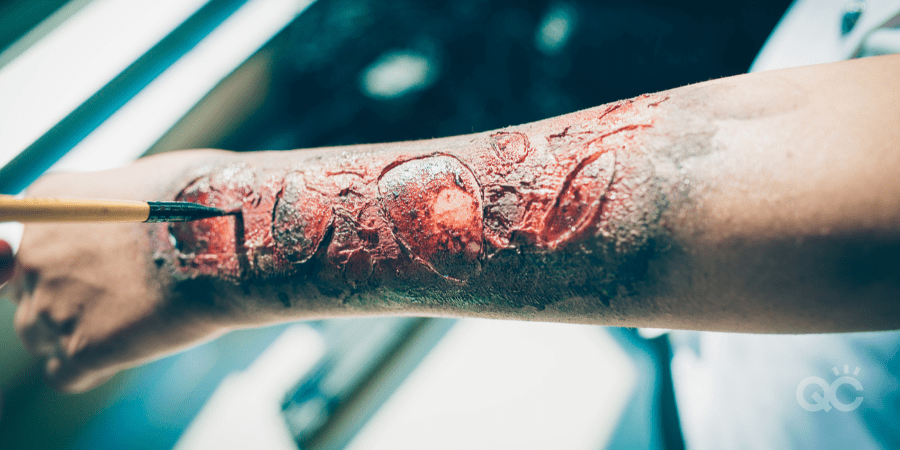
If you’re ready to begin working with Special FX makeup, you can start by using basic SFX products such as:
Something that can easily help you gather your tools and build your kit is to purchase a Special FX makeup kit! QC Makeup Academy offers a Special FX Essentials kit that comes with all of the basics, plus so much more!
The last – but JUST as critical – thing you can do to prepare yourself for the professional world of SFX makeup artistry is to network yourself! Not only does it help you get to know other important people within the industry, networking is yet another irreplaceable way to gain knowledge about the craft!
Networking provides you with opportunities to connect with other artists. It’s a fantastic way to improve your skills, because you’re constantly being shown new tips and tricks of the trade. There’s nothing like learning hands-on from others!
Networking is also a great business move, too, as it can potentially advance your career. By meeting others within the industry, you open yourself up to possibilities you may not have had available to you before. For example, meeting the right people could possibly lead to you getting the chance to learn what it’s like to work on or behind the scenes of a movie set!
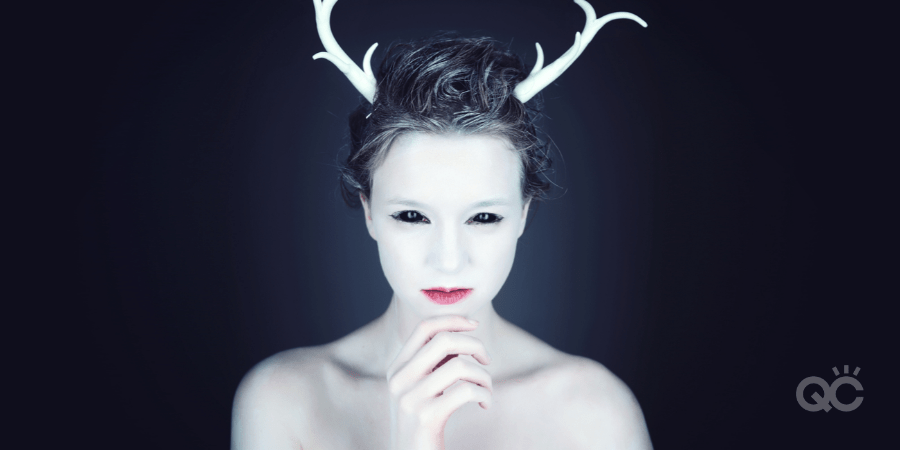
There are many ways that you can enter the world of Special FX makeup, and learn the ropes. But again, the single most effective way to become a pro is to enroll in online makeup classes and be taught by experts in the field. If you’re looking to dive into the world of SFX, but aren’t sure how or where to start, check out QC Makeup Academy today!
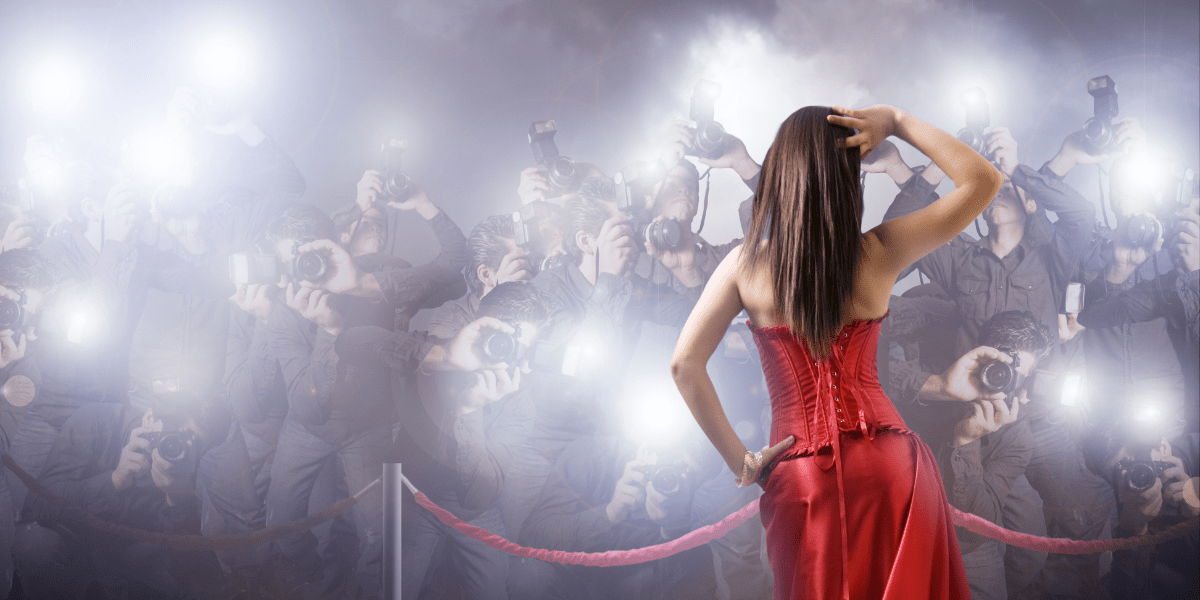
QC executive makeup instructor and professional celebrity makeup artist, Nathan Johnson, discusses the top 5 makeup looks of the 2020 Oscars.
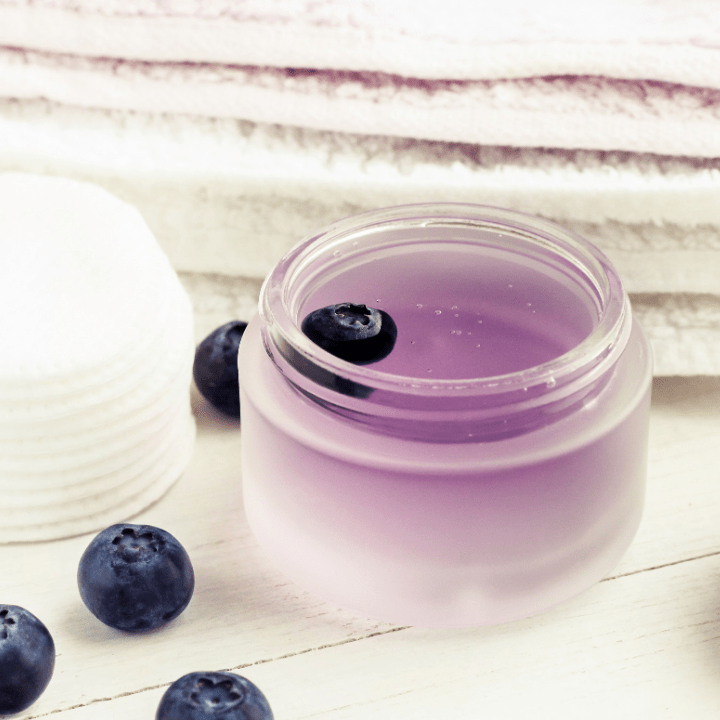
As an MUA, your clients expect the products in your professional makeup kit to be top quality. Importantly, your kit should also possess enough diversity that you can adjust to your client based on their skin’s needs. Common examples of this would be working with a client who has particular skin conditions, issues, allergies, etc. The most efficient way to ensure that your makeup won’t cause harm to your client’s skin is to invest in vegan, cruelty-free products.
A makeup product is vegan if it does not contain any animal products or by-products. This includes ingredients such as beeswax, collagen, gelatin and many more. A product is considered cruelty-free when it has not been tested on animals. While not always the case, a “vegan” product tends to also be “cruelty free” the majority of the time.
For an in-depth look at what vegan makeup is made of and what ingredients it tends to avoid, please refer to our article, Vegan Makeup 101.
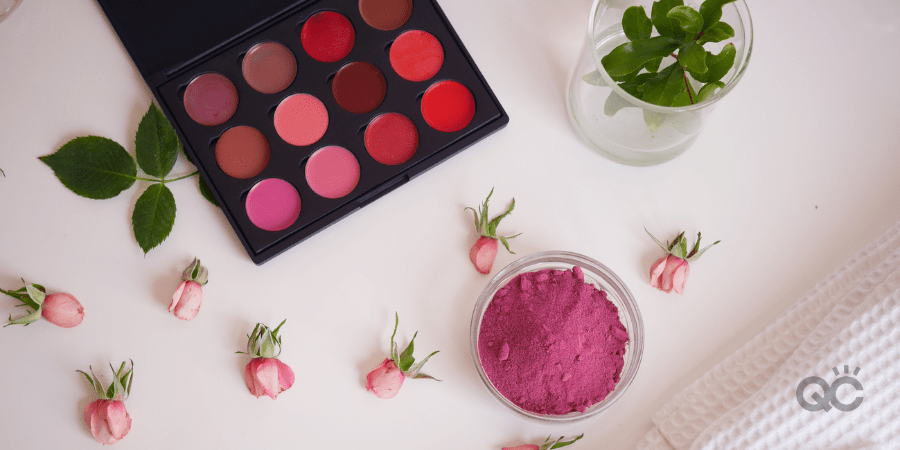
For starters, using vegan, cruelty-free products in your professional makeup kit adds an ethical component to your business that’s very beneficial. Morally, there are very few disadvantages to offering clients vegan, cruelty-free products. In today’s day and age, mistreatment of animals is highly frowned upon (for good reason!), and vegan lifestyles are only becoming more and more popular. Vegan products are also proven to have less of a carbon footprint, thereby being better for the environment!
From a business perspective, it can be argued to be a very smart move, capable of bringing in more clientele. Providing products that align with these modern (and popular) beliefs and lifestyles increases the chances of your MUA business being favorably received by Millennials and Gen X’ers alike.
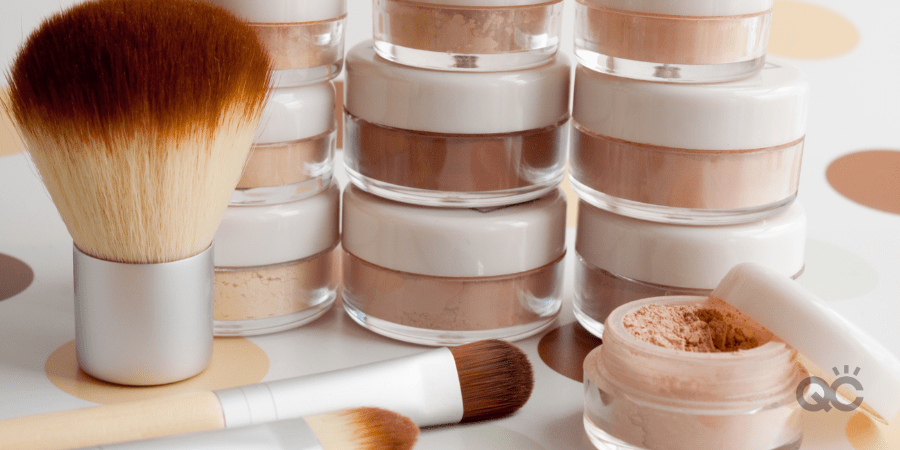
It’s tough to choose between the eyeshadows and the lip products when it comes to iconic vegan line, Charlotte Tilbury, but ‘The Icon Palette’ deserves all the praise it can get. With a nice range of pigments – ranging from cream all the way to jet black – this 12-shade palette of glittery hues offers eyeshadow options for every occasion. Day, night, diva, and even disco – there’s something for everybody!
Personally, my favorite shade in the palette is the bold royal blue. Which shade do YOU like best?
In addition to being vegan and cruelty-free, Milk Makeup also prides themselves on being paraben-free in all their products. As if that weren’t enough, this cleanser is also microbead-free – an ingredient known for:
We strongly maintain that a strong skincare routine is just as – if not more – important than the makeup routine itself. Healthy skin means a clean and healthy canvas for the makeup to go on in the first place. So finding a cleanser that not only works, but is as safe for the skin as can be? How can you go wrong!
Pro tip: Milk Makeup recommends pairing this product with their ‘Vegan Milk Moisturizer’ in order to best lock in your skin’s moisture.
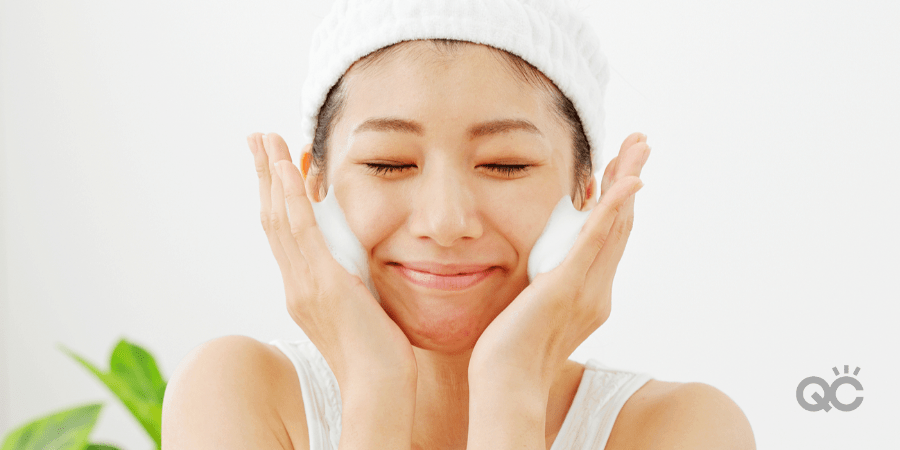
Like Milk Makeup, E.l.f. Cosmetics is a cosmetic company proudly vegan, cruelty-free, and paraben-free. Let’s be real here: most of us are already familiar with E.l.f.’s makeup, and we know it seriously rocks. Their variety of different products and their amazing pigments are to die for, on top of being environmentally-friendly and good for your client’s skin!
But in particular, their lip products are our favorite. Specifically, we feel the Day to Night Lipstick Duo deserves a shout-out. Firstly, it’s insanely cheap, and you get TWO lipsticks and colors for the price of one! We don’t think we need to explain why this is seriously awesome for any MUA and her professional makeup kit.
This lipstick comes with 4 different duo shade options:
No matter which color set you pick, you’re guaranteed a sleek and sexy shade not just for your everyday wear, but for when you’re ready to have a night on the town!
With all makeup products known for being 100% vegan and cruelty-free, Cover FX is one of the leading competitors for tattoo-concealing products. While they have many other items that are worth looking into, what we’re interested in is its ability to build enough coverage to successfully cover any tattoo your client may want to hide on their big day.
As someone with their fair share of tattoos, I’ve tried many different products, and never found any that worked as well as Cover FX! Here, we’re specifically recommending their ‘Total Cream Cover Foundation’, because it’s awesome and provides great coverage – specifically for normal to dry skin types.
But it’s worth noting that alongside this product, you can use Cover FX’s ‘Cream Concealer’ and ‘Matte Setting Powder’ to magically hide tattoos. Very handy for SFX makeup, brides who wish to conceal their tattoo(s) on their wedding day, etc.!
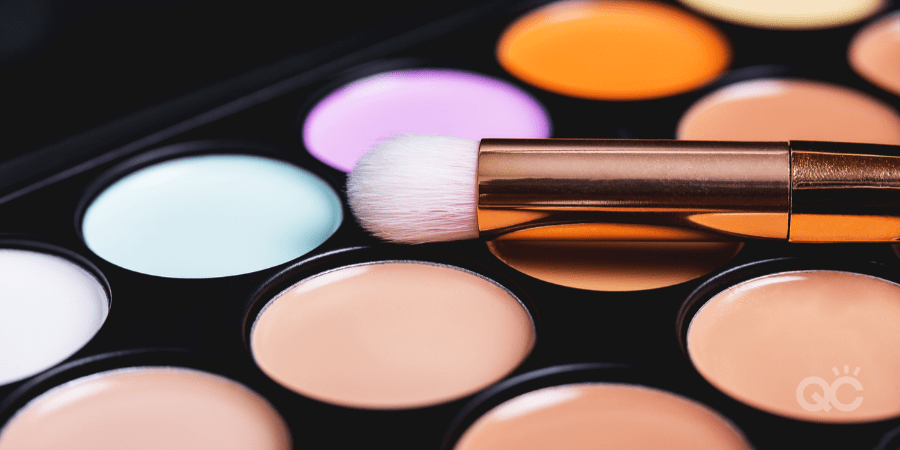
If you aren’t familiar with what color correcting is and why it’s so fundamental that you incorporate this practice into technique, we strongly suggest checking out the Color Correcting webinar hosted by QC’s executive MUA and instructor, Nathan Johnson.
Trust us: as you’ll quickly understand by checking out Nathan’s webinar, you should definitely carry some sort of color correcting products in your professional makeup kit. The odds are higher of working with a client who has some sort of skin blemish, condition, discoloration, etc. If you aren’t prepared, you won’t be able to do the best job for her as you possibly can – which is not only limiting you, but your business’s reputation!
Everyday Minerals is globally known for strictly using all-natural ingredients in their products. When it comes to their color correctors, you can’t go wrong. For starters, Jojoba is a wonderful ingredient in general for cosmetic products, namely due to:
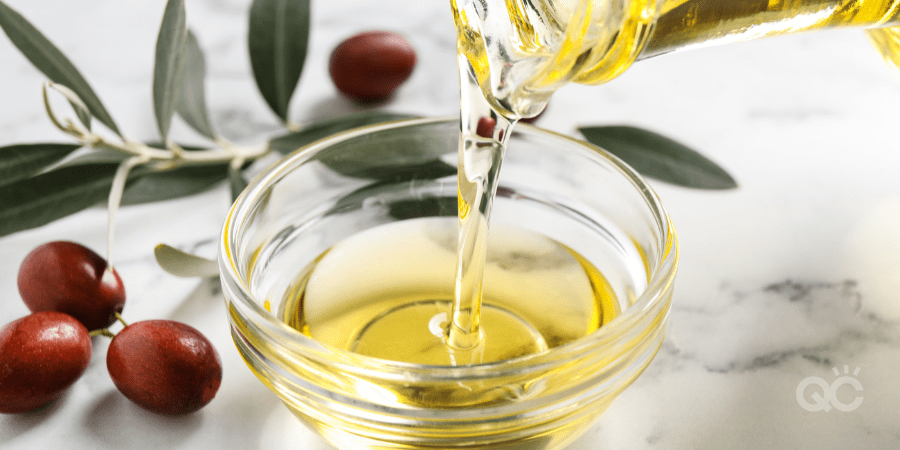
There are for Color Correcting colors you can choose from:
Personally, we recommend arming your professional makeup kit with each and every one of these all-natural correctors! In fact, while you absolutely do not need any of the above recommendation, we DO strongly suggest doing research of your own, and trying out some vegan, cruelty-free makeup products. There may be a ton of incredible products you haven’t discovered yet!
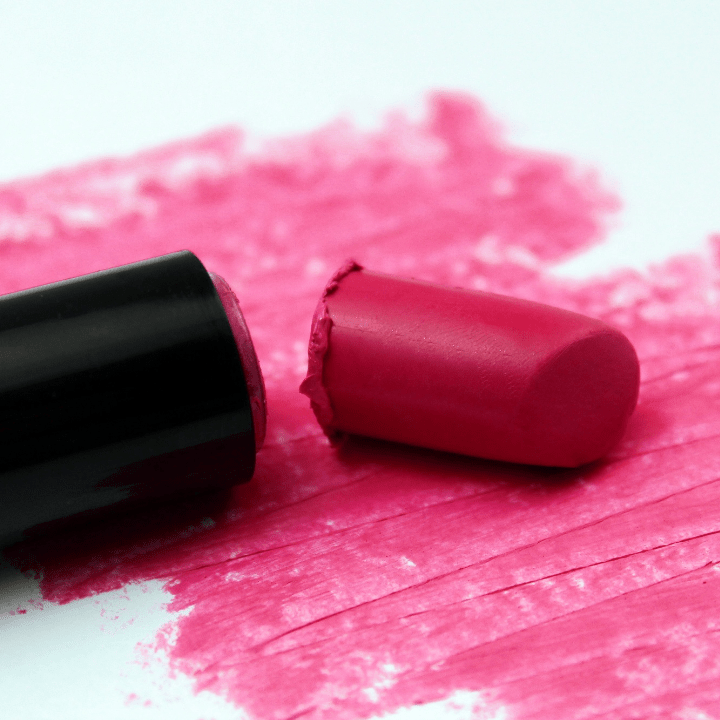
As a certified makeup artist, if anyone’s going to be constantly branching out and trying new products on the regular, it’s going to be you. Sometimes, you’ll find brands and products you love, and use them up in the blink of an eye. Other times, you’ll try out things that won’t necessarily be your cup of tea.
Either way, it can result in a lot of leftover and/or unused product that winds up going to waste. We live in an age where reducing our waste and thinking green is crucial. So if provided with options to be able to save and use all those old or unwanted products, it’s in our best interest to jump on them! Besides, repurposing makeup means you get to save money on replacement products. Double win!
Note: The following tips are NOT applicable to any makeup products that have expired. If the product is past its expiration date, throw it away and do NOT use it. Expired makeup is unsanitary makeup.
We all know the heart break of wearing your favorite lipstick down to a nub. There’s still the tiniest bit left, but not enough for a nice, full application. What a tease! Here’s a tip, though: instead of throwing it away, start saving your lipstick tubes when they’ve hit this stage. You can then combine them all to create a brand NEW lip shade!
Simply buy yourself a small container – nothing fancy, anything from your local dollar store will do. Very carefully, use a small knife to scoop out the remaining product from each lipstick tube. You can then melt all of the waxy remnants together in a big spoon. Once fully liquefied, pour the new color into the container, and then let harden in the fridge.
The coolest part is that this brand new lip shade will be 100% unique: you’ll be the only one who has it!
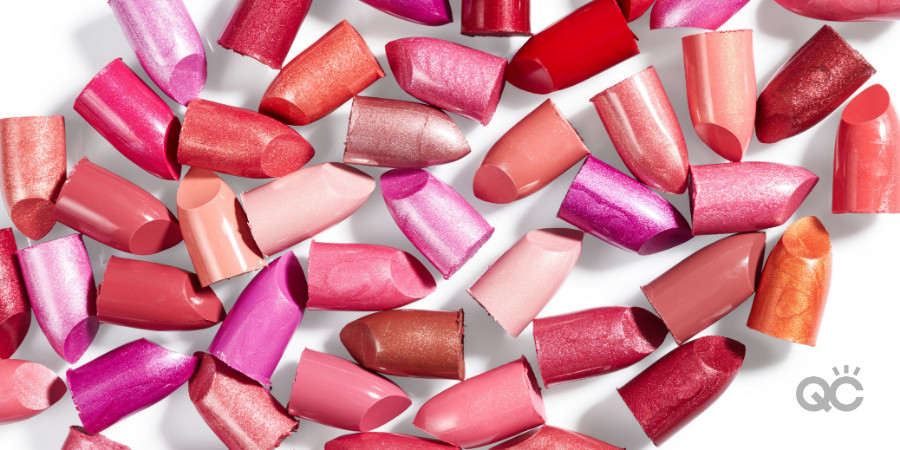
One time, I purchased a royal blue liquid lipstick and was totally stoked to try it on. It took all of one application for me to realize that unless I was going to a night club, there was no way I could pull that shade off. I stopped using it and eventually lost it altogether. Not only was this a complete waste of money and unnecessary eco-waste, it was a missed opportunity!
Believe it or not, liquid lipstick can also be used as eye makeup – with GREAT results. Two examples we recommend trying out are:
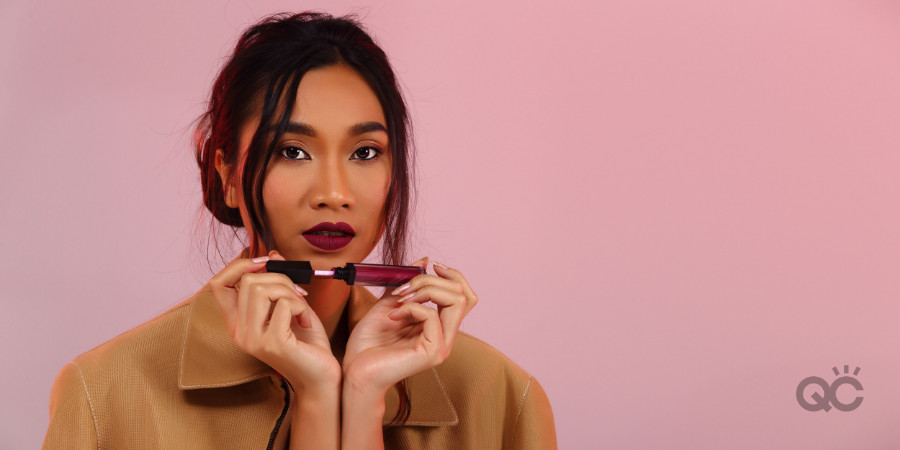
Save yourself the unnecessary dollars spent on an eyebrow brush by simply making use of any mascara you’re intending to throw out. Even if the mascara itself is no longer good, the wand can still be utilized! All you need to do is clean it thoroughly, ensuring that any old makeup previously on it is removed, and the product is now sanitary. That’s all there is to it! Now you can tame your brows whenever necessary, without having to open your wallet.
If you’re unsure how to properly clean your mascara wand, don’t worry! There are plenty of tutorials you can read or watch online. Here’s one, in case you’re interested.
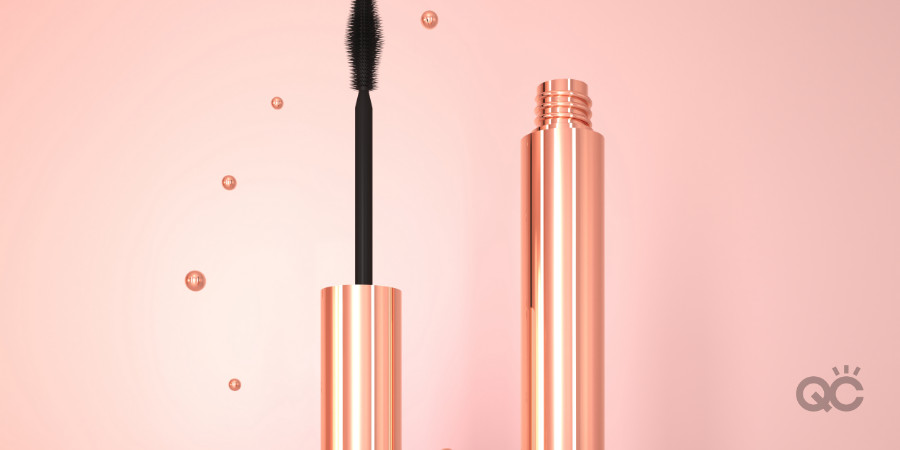
It’s a sad day when one of our favorite eyeshadows breaks apart. But that doesn’t mean it’s no good to you anymore! One obvious option is to repair it as best you can. But as long as the product hasn’t expired, you can also repurpose it into a really boss lip tint! This is especially the case for lighter colored and/or glittery eyeshadows. Quite literally all you need to do is gather the broken shadow into a small container, and that’s it!
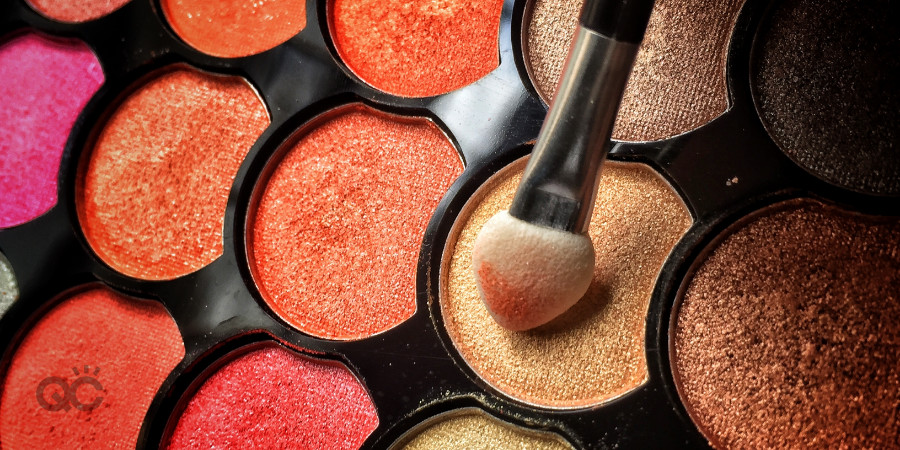
I’ll admit that I’m 100% responsible for buying way more lip balms than necessary, using them a handful of times, and then losing them in my purse, jacket pocket, bedroom, etc. Typically, once I have found it, my natural inclination is to throw it away, regardless of whether it’s still good or not.
Instead, when you find yourself in this situation, there’s another purpose it can fulfill for you: eyebrow wax! When I’m having a bad brow day, they tend to look like startled caterpillars. If I can’t get them threaded anytime soon, I need a miracle to keep them tamed. Lip balm is a wonderful little miracle that can do the trick, for a fraction of the price eyebrow wax would cost!
The best part about these DIY makeup hacks is that not only can you use them for yourself, you can incorporate them into your professional kit and use them as part of your makeup artist business! There are countless ways to repurpose makeup and other beauty products, and find new and creative ways to put them to use. Who knows… Maybe YOU’LL come up with the next biggest trend!
